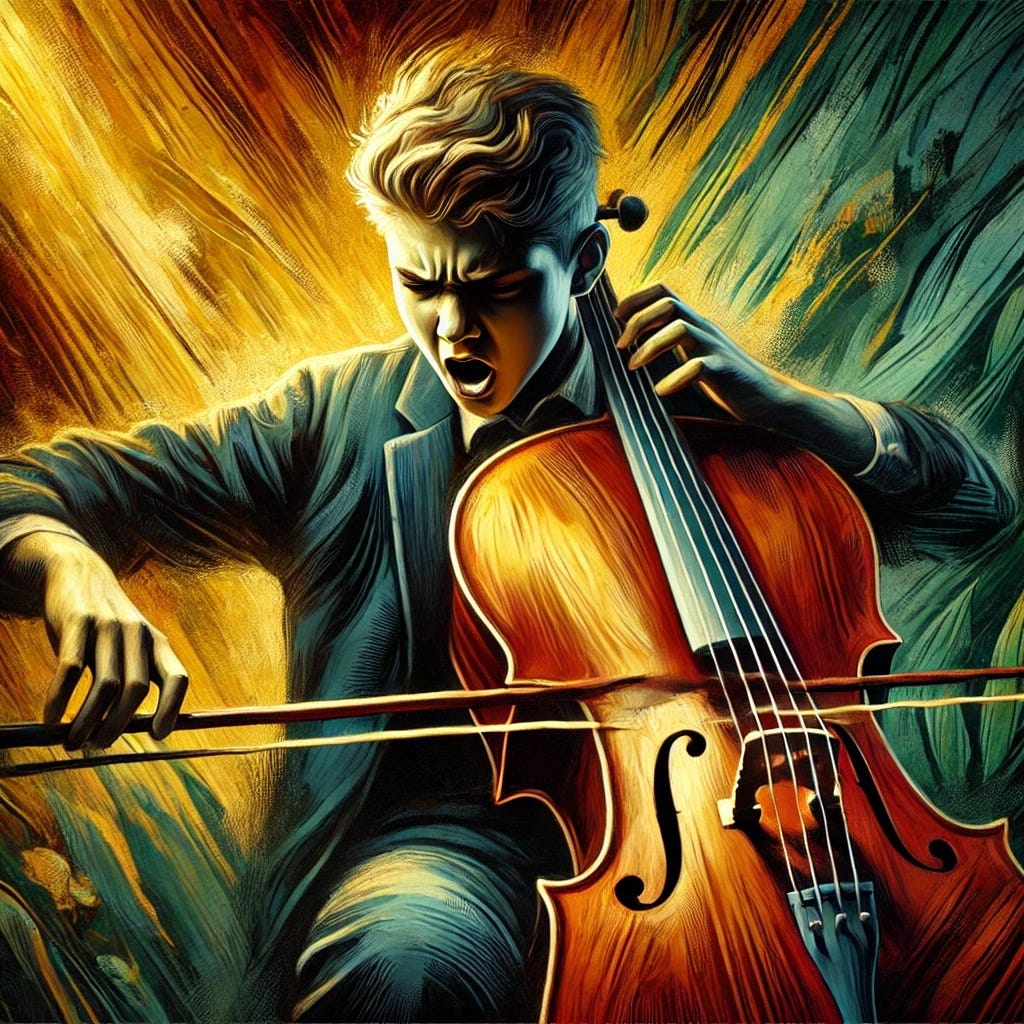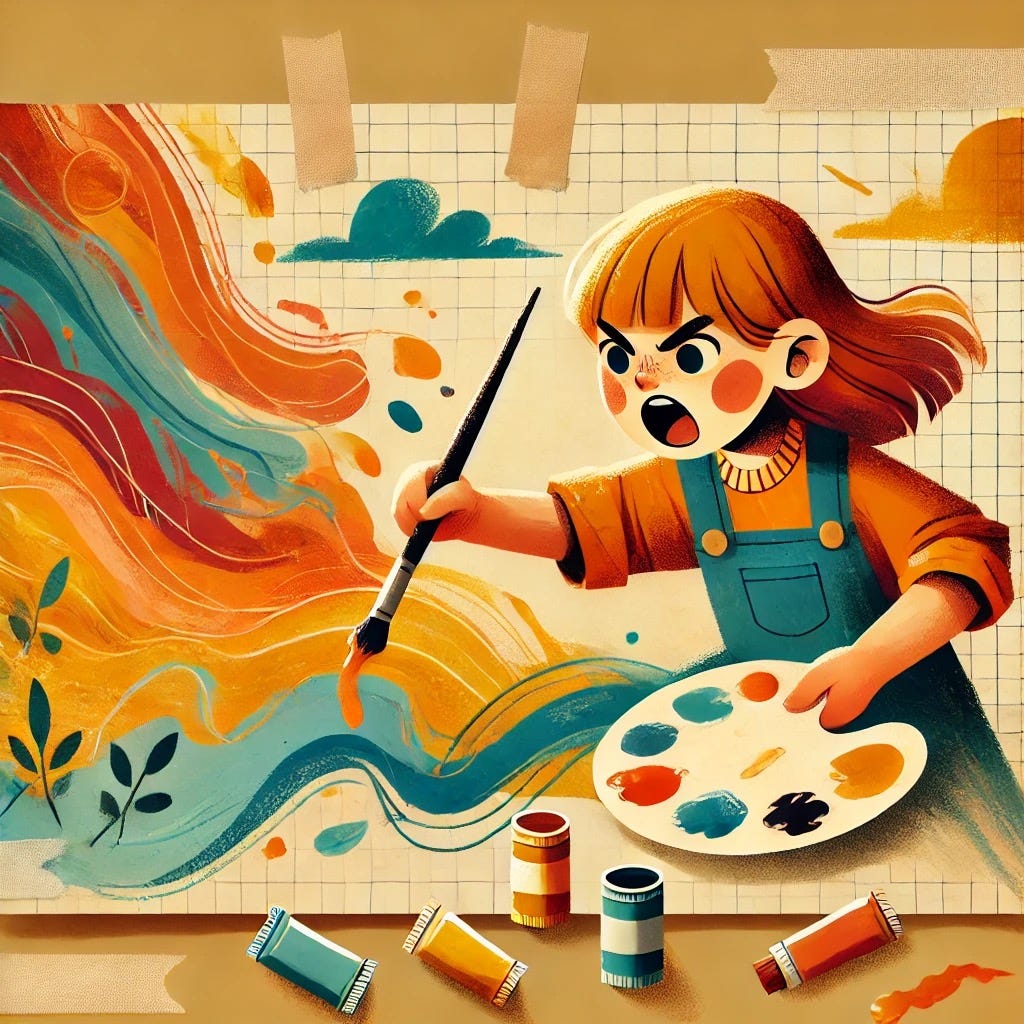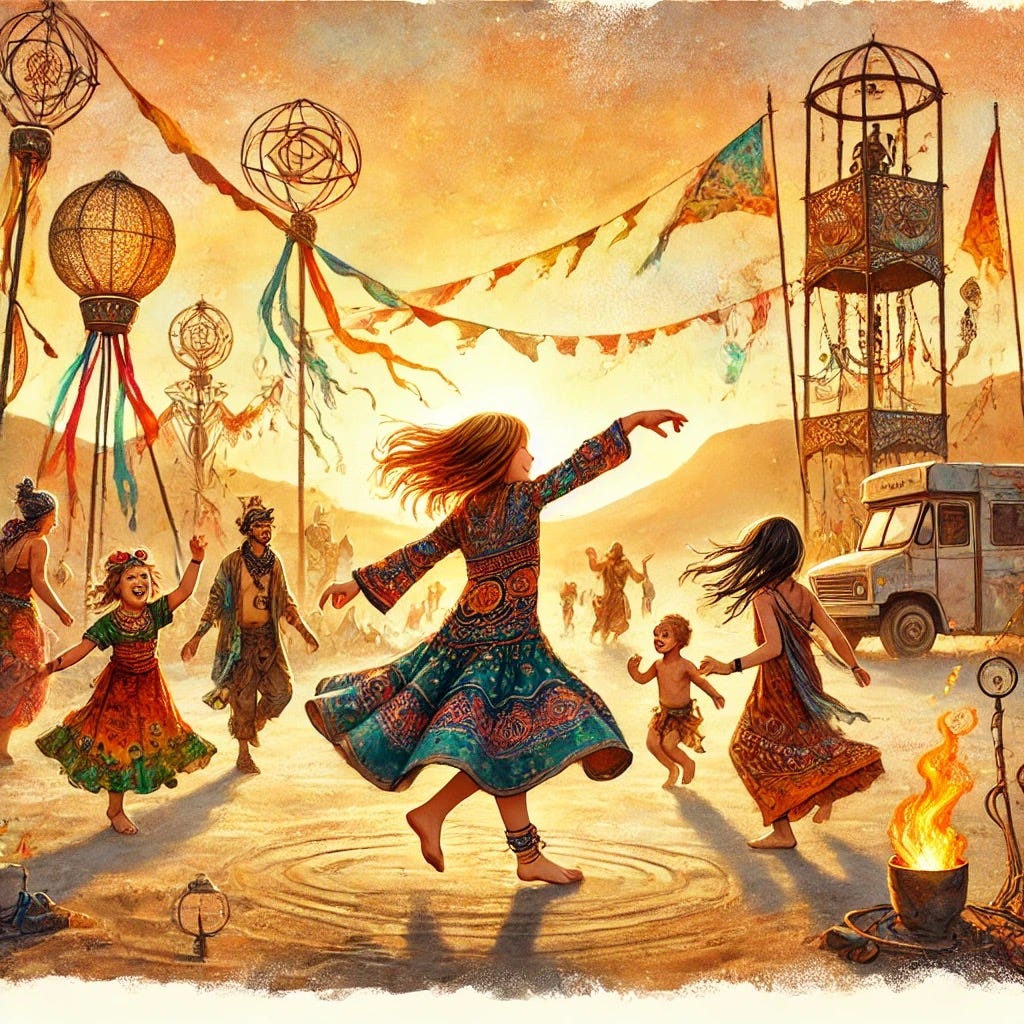Outbursts and Outliers: The Chaos Theory of Parenting
Explore the benefits of emotional volatility in children, from creativity and leadership to emotional resilience. Learn parenting strategies to guide emotionally intense kids and celebrate their strengths.
Hey parents, hi educators, wassup counselors. Beans here. Let’s talk about raising digital natives who score high in volatility.
Raising volatile kids is exhausting. One minute, they’re laughing hysterically; the next, slamming doors. Pick your metaphor: live wire, tiny tornado, stormy seas. Volatility is chaos in the flesh.
What are you gonna do? You’re caught between soothing their outbursts and handling yet another storm. Then comes the guilt—too strict? Too soft? How do you help without losing your patience (or worse, your phone)?
Take a breath. You’re not alone. Here’s an example that might resonate.
🕵️ Have You Seen This Child?
He was intense, emotional, impossible to ignore. When things didn’t go his way, he lashed out—breaking rules, shouting at authority figures, storming off. Teachers admired his raw talent but struggled with his lack of control. Caregivers walked on eggshells, and peers admired his passion but couldn’t keep up.
Beneath the chaos was a spark of greatness. This kid? Anakin Skywalker—better known later as Darth Vader.
Yes, Anakin struggled (and had a dramatic fall). But his volatility wasn’t just a problem—it was his power source. Channeled differently, his intensity could’ve driven incredible change without tipping into destruction.
Here’s the good news: your emotionally intense child doesn’t have to turn to the dark side. Volatility can be an incredible strength, fueling creativity, connection, and courage. Let’s explore how to harness it.

The Benefits of Volatility
Volatility gets a bad rap, often seen as impulsivity and drama. But it’s also the engine of emotional intensity, creativity, and connection. Let’s reframe volatility as an asset.
Catalyst for Change
Kids who feel deeply and react strongly often drive societal change, fueled by their passion and sensitivity to injustice.
Example: Greta Thunberg’s emotional intensity inspired global action on climate change.
Creativity and Passion
Strong emotions fuel art, innovation, and storytelling. Volatile kids, with their amplified sensitivity, often excel in creative pursuits.
Practical Tip: Channel their emotional energy into painting, writing, or building projects.
Authenticity and Connection
Volatility often reflects vulnerability and honesty. When kids learn to express their feelings constructively, they build strong, authentic relationships.
Key Strategy: Teach kids to name their emotions and communicate respectfully to foster trust.
Resilience and Recovery
Volatile kids experience emotions fully, which often helps them recover quickly.
Actionable Example: Mindfulness techniques like deep breathing can help kids ride emotional waves.
Courage in Crisis
Emotional intensity can lead to decisive action in high-stakes moments.
Why It Matters: Volatile kids are often bold risk-takers, turning fear into resilience.

Gen Alpha Will Be Lions, Not Lambs
My kids (1yo girl, 8yo boy) are Alphas, and I’m a Millennial.
Generational theory (see my post here) describes Millennials as a “hero” generation—rising to crises like 9/11 and the Great Recession. Now, we’re raising a “prophet” generation: the Alphas.
Prophets, like the Baby Boomers, grow up during cultural renewal, becoming visionaries and catalysts for change. Emotional volatility will be key for Gen Alpha, enabling them to challenge norms, call out injustice, and inspire movements.
Our Challenge: Help Gen Alpha channel their emotional intensity while guiding them to regulate their reactions. Embrace their role as disruptors instead of squashing their fire.
The Harms of Emotional Stagnation
Anakin’s real problem wasn’t volatility—it was suppression. The Jedi Code valued calm and detachment, clashing with Anakin’s fiery personality. He wasn’t taught to work with his emotions, only to ignore them.
Suppressing emotions might seem like a quick fix, but it often backfires. Here’s why emotional stagnation is harmful:
• Missed Growth: Emotions are signals. Suppressing them can prevent self-discovery and block transformative moments.
• Shallow Relationships: Emotional depth is the glue of close connections. Stagnant emotions lead to surface-level bonds.
• Hidden Stress: Suppressed emotions can resurface as anxiety, depression, or physical ailments.
• Lost Creativity: Emotional highs and lows fuel breakthroughs. Without them, creativity suffers.
• Outbursts: Bottled-up emotions eventually explode, often in destructive ways.
Like Anakin, kids who suppress emotions eventually reach a breaking point. Suppressed feelings don’t disappear—they simmer, building pressure until they erupt.

Why Kids Need Their Own Burning Man
What if kids had their own version of Burning Man?
Rituals like Burning Man, Holi, or Carnaval aren’t just wild parties—they’re ways to release pent-up emotions, confront cultural shadows, and reconnect with primal energy. A “Kid’s Burning Man” could do the same.
• Safe Exploration: Kids need a space to channel their emotional intensity without fear of punishment.
• Community Building: Shared chaos—building art installations or performances—fosters connection.
• Creative Freedom: Costumes, dance, and storytelling encourage kids to express themselves without adult expectations.
• Emotional Release: Just like adults, kids need outlets to process big feelings in healthy, communal ways.
🚀 Are we there yet?
Not quite—but we’re on the way. By embracing the benefits of volatility and reimagining cultural rituals for the next generation, we’re creating a world where kids can express their intensity, build community, and find purpose.
In the meantime, I’d love to hear your thoughts:
How do you think volatility will shape Gen Alpha’s future role as cultural prophets?
What would a kid’s Burning Man look like in your imagination?
How do you help your kids embrace emotional intensity without letting it overwhelm them?
Let’s keep dreaming and building together. Share your ideas in the comments, subscribe for more posts, and pass this along to anyone raising the next generation of world-changers.
Beans out!
🤓 You Might Also Like
More volatile kids tend to get in more trouble. In our next post, we’ll explore consequences—positive, logical, and natural. Until then, I recommend you check out the following:
“Untamed” by Glennon Doyle (review here): https://gissellereads.com/review-untamed/
“Letters to a Young Poet” by Rainer Maria Rilke (PDF of the book here): https://kbachuntitled.wordpress.com/wp-content/uploads/2013/04/rainer-maria-rilke-letters-to-a-young-poet.pdf
“Iron John” book by Robert Bly (review here): https://slate.com/culture/2006/08/iron-john-pre-ironic-manhood.html
My posts on Misbehavior and Discipline and Generational Theory




